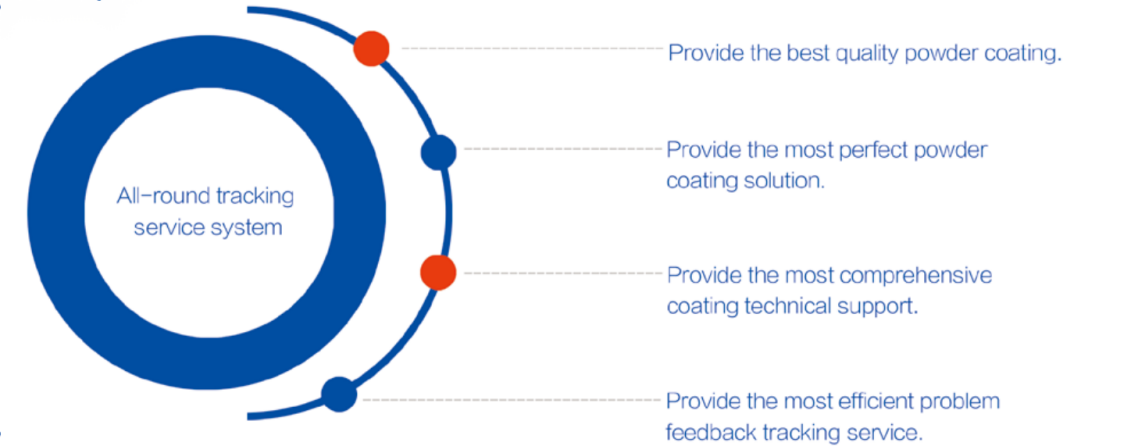Commercial and industrial (C&I) roof-mounted solar photovoltaic (PV) systems come with a unique set of engineering challenges and technical risks. While some factors, like structural analysis and roof loading plans, apply broadly to all low-slope roofs, others—such as waterproofing or slipsheet details—are specific to the type of roofing system in place.
In this two-part article, I’ll provide a high-level overview of the most important engineering and risk management considerations for C&I roof-mounted PV systems, as well as key details relevant to the most common types of C&I roofing. Properly identifying the roofing system is essential before installing solar, which is why this article focuses on roof identification and condition evaluation.
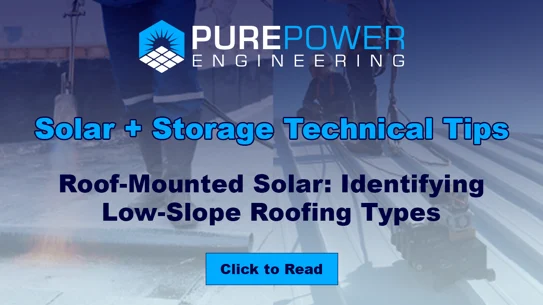
### Roofing System Identification
The type and condition of the roof are crucial to the success of any solar installation. Roofs are typically categorized by their outermost weatherproof layer, but other components—like the roof deck, insulation, or vapor barrier—also play a role when integrating solar PV systems.
In the U.S., the most common low-slope commercial roof coverings include single-ply membranes, built-up and modified-bitumen roofing, and metal-panel roofs.
#### Single-Ply Membranes
Single-ply membranes are made from different polymers and can be identified based on their chemical composition. The three main types are:
- **TPO (Thermoplastic Polyolefin)**: The most common in the U.S., TPO is popular for its cost-effectiveness and durability. It's usually white, though it also comes in light gray or tan. TPO has a 15–20 year warranty and is ideal for re-roofing with bifacial solar panels due to its high albedo.
- **EPDM (Ethylene Propylene Diene Monomer)**: Known for its elasticity, EPDM is often black and used in colder climates. It can last up to 50 years with a 30-year warranty. White EPDM is also available.
- **PVC (Polyvinyl Chloride)**: A reinforced fabric, PVC is less common but offers good flexibility and tear resistance. It’s often used in cool roof applications and can be customized in color. PVC typically has a 20-year warranty.
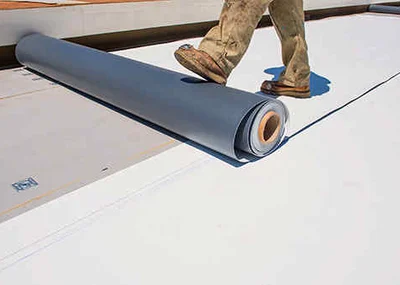
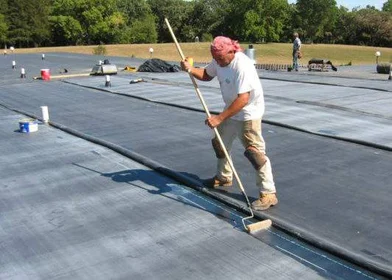
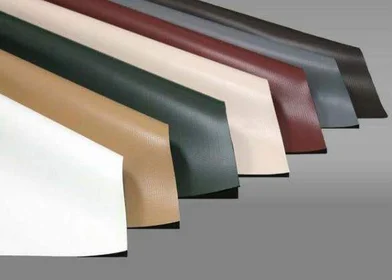
#### Built-Up and Modified-Bitumen Roofing
Before single-ply membranes became popular, built-up roofing was the standard. It uses multiple layers of tar and gravel. Modified-bitumen roofing is similar but uses asphalt rolls instead. These systems add weight over time, making them less ideal for retrofitting solar without structural upgrades.
#### Low-Slope Metal-Panel Roofs
Metal panels, particularly standing-seam types, are increasingly used in C&I buildings. They offer a long service life and are well-suited for solar installations using compression clamps. S-5! offers various clamps for different profiles, so it’s helpful to bring samples during site visits.
### Roof Condition and Warranty Status
Beyond identification, evaluating the roof’s condition is just as important. Signs like alligatoring, water pooling, or poor drainage indicate an aging roof that may not support solar. Installing PV on a roof with only a few years left is risky.
Also, respecting existing warranties is key. Any new penetrations should be handled by the original contractor to avoid disputes and maintain coverage. This helps ensure a smooth process and avoids future issues.
If you're looking to reduce risks while maximizing performance in your C&I solar project, contact Pure Power Engineering for expert design and construction services. We specialize in value-engineered solutions tailored to your needs.
Bonding Metal Powder Coating
Bonding metal powder coating
We utilize advanced metal bonding techniques to give our products excellent batch stability and a metallic texture. Simultaneously, with our mature formulation system, we can achieve various texture effects in coatings. Rainbow Beauty metallic powder coatings are widely used in many fields such as household appliances, aluminum profiles, doors and windows, engineering construction, fitness equipment, transportation, and more.
PROPERTIES


Control the chromatc aberration Magnificent metal twinkle effect strong omament.
among different batches effectively.


Non-toxic and safe:food grade. Good in mechanical and physical properties.
OPERATING PARAMETERS
l Pre-treatment
|
Pre-treatment
|
|
Pre-treatment
|
Degreasing, rust removal, sandblasting, phosphating, silane treatment, or ceramic coating, etc.
|
|
Attention
|
Before spraying, please ensure that the substrate is thoroughly degreased and rust-free, with no impurities, water stains, or residual liquid.
|
|
Note
|
Acid washing and sandblasting the substrate can enhance the adhesion between the coating and the substrate.
|
Spraying requirements
Cured condtions:15 mins. at 180℃ metal temperature Cured Film Thickness:80um.
Storage Stability
Keep storage environment well-ventilated and dry, with temperatures not exceeding 27°C.
Properties parameter
|
Items
|
Standard
|
Result
|
|
Impact
|
ASTM D-2794
|
80in.ibf(Direct)/20in.ibf(indirect)
|
|
Pencil Hardness
|
ASTM D3363
|
≧2H
|
|
Adhesion(100cells)
|
ASTM D-3359
|
Full pass (5B)
|
|
Flexibility
|
ASTM D522
|
3/16'inch
|
|
Salt spray resistance(5%Nacl)
|
ASTM B-117
|
1500H,Corrsion,≤3mm,
|
|
QUV Resistance(UV340)
|
ASTM G-154
|
1500H ΔE≤4
|
Why choose Holyme?
Bonding metal powder coating
HLM Powder Coating CO,.Ltd , https://www.holymepowder.com
